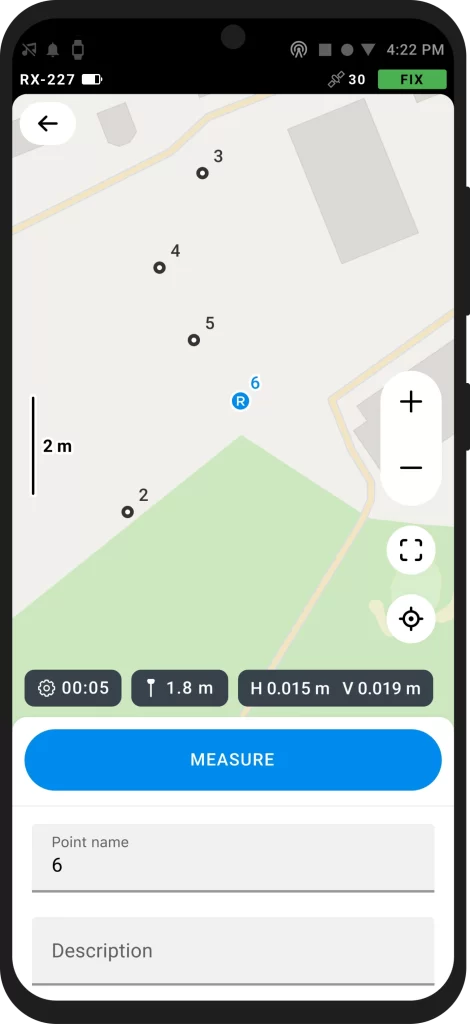Choosing a terrestrial RTK kit
Choosing the right terrestrial RTK kit for your survey projects can be a confusing and time-consuming task. Depending on your requirements and budget, some kits may be more suitable for you than others.
Making the right choice can save you hours and reduce downtime, helping avoid situations where your GNSS receiver doesn’t provide the data you need.
1. Single-band VS Multi-band

In short, the more the better. Multi-band is better for long baselines or areas with obscured sky view.
If your projects have short baselines and a clear sky view then single frequency is just as accurate. Time To First Fix (TTFF) with multi-frequency receivers is also much shorter as they are able to use more satellite signals to obtain a fix.
2. Obtaining Corrections

To reduce the error in location data, GNSS receivers have to receive correction data from another source.
If you are able to use a third party to provide corrections (such as Smartnet) – then a single rover unit may be sufficient, providing you have an Internet connection.
If you require corrections from your own base station, then a second base receiver should be part of your survey solution.
3. Software interface

This third point is fairly straightforward. If you are working with simple data collection or stakeout then the free Emlid Flow App running on a tablet or phone will be perfectly adequate.
On the other hand, complex survey projects with large data sets will benefit from a device running more advanced survey software.
Download this article as a PDF
Need help choosing equipment?
Get in touch with an expert at Mangoesmapping.
